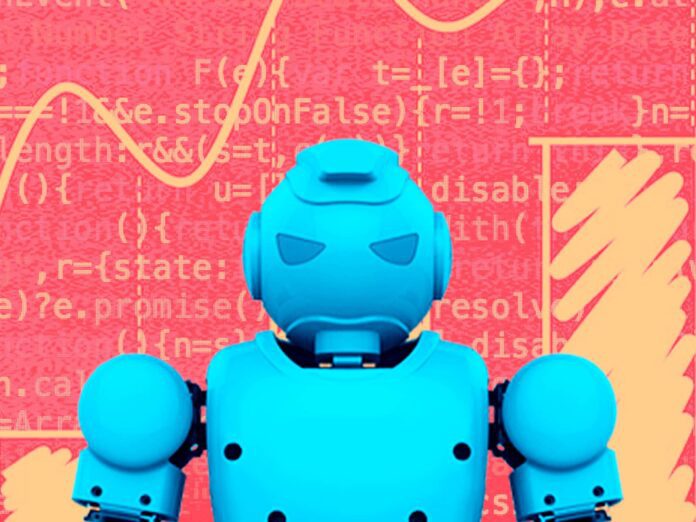
Most people know about artificial intelligence (AI), but fewer are well-versed in the concept of machine learning (ML). There’s a lot to know about this high-tech process, and it seems there are always new things to learn about it; for example, machine learning model drift.
One drawback of operating an ML model is that it needs to be retrained as time passes. The accuracy of an ML model’s predictions decreases as business outcomes, the economy, and customer expectations change, a concept called “model drift.”
When does ML model drift occur, and how can practitioners address it?
'AI and ML are becoming increasingly popular technologies in today’s digitally driven world. Some of the largest corporations leverage ML to deliver products and services.' -Zac AmosClick To TweetWhat Is Machine Learning Model Drift?
AI and ML are becoming increasingly popular technologies in today’s digitally driven world. Some of the largest corporations leverage ML to deliver products and services. Take Netflix, for example. The streaming service uses ML models for several reasons, such as forming recommendations or learning which characteristics make content successful.
Businesses are investing in AI solutions, consumers are paying for ML-curated content and engineers are finding new applications across industries. The most essential component of any AI or ML solution is structured and unstructured data. It’s complex and subject to change over time, and information used for ML model training is no exception.
ML models suffer from model drift when they provide less accurate predictions. Model drift or decay can render the model unstable, making its predictions increasingly erroneous.
A core principle of ML is that high-quality data produces accurate predictions. However, what the original model was trained to achieve may become irrelevant or outdated. ML engineers and specialists must go through the process of retraining and redeploying the model, making sure to use the latest training data available. If not, the model will continue to make predictions with low accuracy.
There are two types of model drift: concept and data.
Concept Drift
Concept drift occurs when a model’s target or statistical properties change. During a model’s training period, it learns a function that maps the target variable. However, time goes on, and eventually, the model unlearns those patterns or cannot use them in a new environment. This type of drift can occur seasonally, gradually, or suddenly, making it challenging to anticipate when it will happen.
Data Drift
Data drift — or covariate drift — occurs when ML training information changes. All input changes to a model will impact the final predictions. The distribution of its variables will be different, so users need to be aware of this discrepancy.
How to Address Model Drift
ML experts often use drift detection tools, which automate model monitoring. However, there are other ways data scientists and ML experts can handle cases of drift.
Here are the steps one would need to take to address model drift.
Analyze the Drift
It’s vital to plot the distributions of drifted features with the ultimate goal of determining what has changed to cause the drift. Does it match the baseline of the static ML model? Surprisingly, some drifts are less meaningful than others, so experts must analyze them carefully and decide if it’s worth addressing.
Check Data Quality
Organizations that detect drift should first check the model’s input data. Something changed, but what? Is the model still relevant to the goals of the project? Data quality should always be the first suspect regarding cases of drift.
Users can choose to address the drift or do nothing. Receiving an alert might be a false alarm, or perhaps people are satisfied with how the drift impacted predictions. However, sometimes change is necessary.
Retrain the Model
Since data distributions shift over time, it’s critical to retrain the model after drift is detected. Deploying an ML model is not a one-and-done project but a continuous one.
The main reason why it’s crucial to retrain a model with drift is that it keeps it on top of emerging trends between input and output data. Check the model every few weeks or months throughout the year to ensure it’s working with the latest training information.
Monitor for Issues
Once the model learns from the new training data, keep an eye out to see how the drift was affected. Periodic updates are wise, and checking the model post-retraining will help data scientists and other professionals see if the drift still occurs.
If drift is detected, follow the steps outlined above. Drift detection tools are worthwhile investments, as they remove the extra responsibility and time needed to make corrections.
Beware of Drift in ML Projects
Drift is something every data scientist, researcher, and engineer should be aware of, especially in today’s competitive business sector. One of ML’s most notable features is the ability to use historical data to predict future outcomes.
Outcomes become inaccurate when drift occurs. Any business decisions made following this information could damage the organization. Beware of concept and data drift, as it greatly affects the model’s performance.
Tweet
Share
Share
- Machine Learning
- Artificial Intelligence
- Big Data
- Data Analytics
- Machine Learning
- Artificial Intelligence
- Big Data
- Data Analytics
